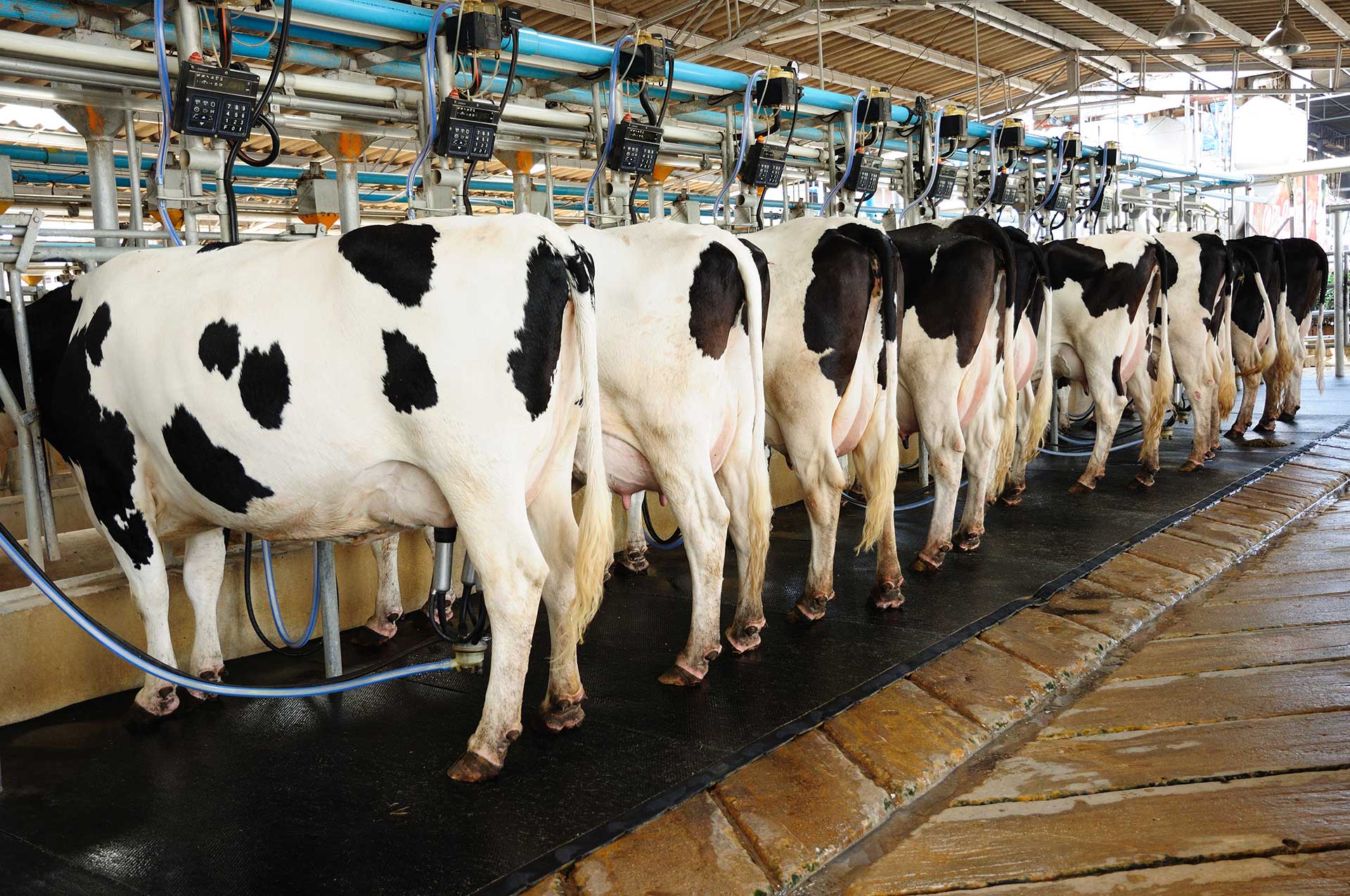Somatic Cell Count Testing in Milk
Understanding and managing somatic cell counts (SCCs) is a critical aspect of dairy farming. Somatic cells are primarily white blood cells that enter the milk due to inflammation or infection. Elevated SCCs can indicate mastitis, a common bacterial infection of the udder, which not only affects milk quality but also animal welfare and productivity.
Accurate somatic cell count testing is essential for ensuring the safety and quality of dairy products. This test helps in monitoring the health status of cows and the effectiveness of herd management practices. By identifying and addressing issues early, farmers can prevent costly losses due to reduced milk yield and potential contamination of dairy products.
The methodology typically involves collecting a sample of raw milk from the teat end using a single-use cup or similar device. The sample is then transported under refrigeration to the laboratory for analysis. Upon arrival, the sample undergoes preparation steps which may include centrifugation followed by lysis and staining techniques to differentiate somatic cells from other cell types.
The testing process adheres to international standards such as ISO 13964, which specifies methods for determining SCC in milk. This ensures consistent and reliable results across different laboratories. The final result provides a count of somatic cells per milliliter of milk, expressed as cells/mL. A normal SCC range is generally below 200,000 cells/mL; higher values may necessitate further investigation into the cause.
Regular testing allows dairy producers to implement targeted interventions such as improved hygiene practices, better milking techniques, and enhanced udder health programs. This proactive approach not only improves milk quality but also contributes to animal welfare and sustainable farming practices.
Applied Standards
| Agricultural Standards | Description |
|---|---|
| ISO 13964 | Method for determining the somatic cell count in milk by flow cytometry. |
| ASTM E2805 | Standard test method for determination of somatic cell count in bovine milk. |
| EN 13964:2017 | Flow cytometric method for the determination of somatic cells in milk. |
Benefits
- Enhanced milk quality and safety
- Promotion of animal health and welfare
- Informed decision-making through accurate data
- Increased productivity and profitability for dairy farmers
- Compliance with international standards and regulations
- Improved herd management practices
- Avoidance of costly losses due to mastitis
- Sustainable farming practices contributing to environmental health
Environmental and Sustainability Contributions
The implementation of somatic cell count testing supports sustainable agricultural practices by fostering herd health, which in turn reduces the need for antibiotics. This not only contributes to animal welfare but also minimizes the risk of antibiotic resistance, a growing concern globally. By ensuring high-quality milk production, dairy farmers can meet consumer demand for safe and wholesome products without compromising on environmental sustainability.
Additionally, by adhering to international standards such as ISO 13964 and ASTM E2805, laboratories ensure that their testing methods are accurate and consistent, contributing to the overall reliability of the dairy industry. This trust in the quality and safety of milk products helps build consumer confidence and supports the long-term sustainability of the sector.





